It all starts as soon as a person gets up in the morning. After taking the first steps from the edge of the bed towards the bathroom, a hellish pain radiates from the heel.
It is true that it gradually eases as the hours pass, but in the following days, after waking up, the torment begins again from the beginning.
This type of pain attack can also occur during the day, or after prolonged sitting, says traumatologist and foot surgeon Thomas Schneider from the Gundelfingen Joint Clinic in Germany.
For those who suffer from heel pain, it is a real torture. What can be done? “It is essential that a doctor determines the cause of heel pain as soon as possible,” advises podiatrist Tatjana Pfersich.
It is not always a heel spur
Various factors can be behind heel pain, and one of them is a heel spur. “These are thorn-like growths in the heel area,” says homeopathic doctor René Gräber.
These can trigger painful inflammations in the surrounding tissue, caused, for example, by unsuitable footwear or being overweight.
Orthopaedic surgeon Thomas Schneider explains that other conditions are accompanied by heel pain, but are mistakenly called heel spurs. For example, Achilles tendonitis. In this case, there is a spur at the beginning of the tendon, with pain radiating to the heel.
“It is also not uncommon for heel pain to be associated with flat feet,” Schneider says. Because the weak ligaments in the foot area can no longer hold the heel in a vertical position, it bends outwards, with the longitudinal arch of the foot pointing downwards.
Heel pain can also be caused by tarsal tunnel syndrome. “In this case, the tibial nerve that runs through the foot is compressed,” says Schneider.
Possible causes include swelling due to varicose veins, bone fractures, or often due to shoes that are too tight or too high.
Therapy from cooling to shock waves
Here are the reasons. To put an end to the ordeal in the foot area as soon as possible, it is important to have the correct diagnosis and the appropriate therapy.
First, the doctor will examine the feet thoroughly, for example by palpation, X-ray, ultrasound, and MRI.
If the triggering factor is diagnosed, treatment can be started. According to Schneider, cold compresses and anti-inflammatory gels often help with heel spurs.
In the case of cold compresses, it depends on whether they are used correctly. Schneider recommends: “They should not be used too cold or for too long.”
The temperature will be correct if it is between 10 and 20 degrees below the normal body temperature of 37 degrees. At most, they should be left in the area for five minutes and “preferably repeat it once an hour.”
Schneider says that if cold compresses, anti-inflammatory gels, and stretching exercises do not significantly relieve the discomfort caused by the heel spur within a week or two, shock wave therapy becomes an option.
For this purpose, a special device is used on the heel, through which shock waves penetrate deep into the tissue and thereby slow down the inflammatory processes.

According to Schneider, medication and heel pads in shoes help with Achilles tendonitis, as well as cold applications. “Surgery is usually not necessary,” says the orthopedic surgeon. In this case, too, shockwave therapy can bring considerable relief.
Just like stretching exercises for the calf muscles, homeopath Gräber gives an example: leaning on a wall with your forearms, putting your feet in a stepping position.
Bend your front leg so that the calf stretches on the back leg. Hold the stretch for at least two minutes and repeat about three times.
Exercises to strengthen the muscles of the feet
If the cause of the pain is a flat foot with a lateral flexion of the heel, it is necessary to use insoles to support the longitudinal arch of the foot.
Exercises to strengthen the muscles of the foot are helpful. Gräber lists a few: holding pencils with your feet, lifting each toe individually, or placing a tennis ball under your feet and rolling it over the entire surface of the sole of your foot.
According to orthopedic surgeon Schneider, surgery is an option if the tendon along the sole called the plantar fascia, is damaged and needs to be tightened.
Tarsal tunnel syndrome, on the other hand, manifests itself with severe nighttime pain, which is felt both in the foot area and also in the leg, between the knee and the ankle.
“In this case, the patient receives a local injection of anesthetic,” Schneider says. In the meantime, cortisone is also used. “If nothing helps, the compressed nerve is removed with an operation,” he concludes.









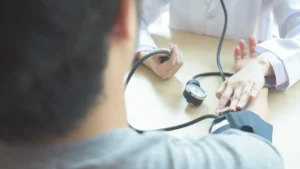




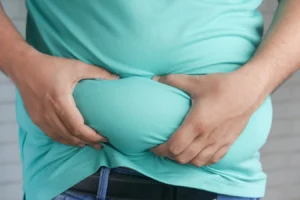

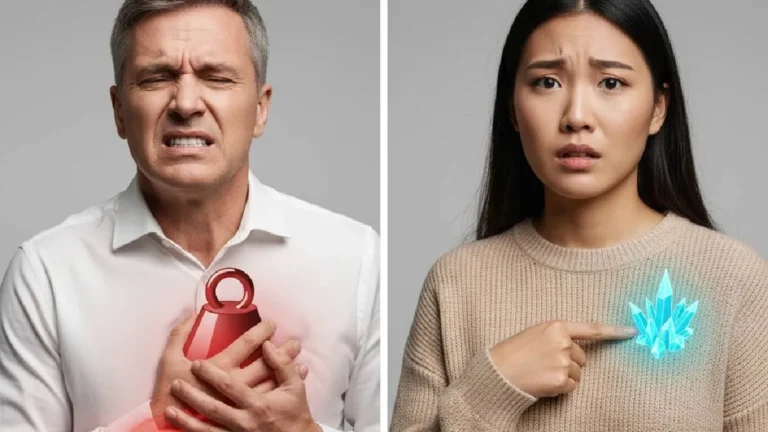
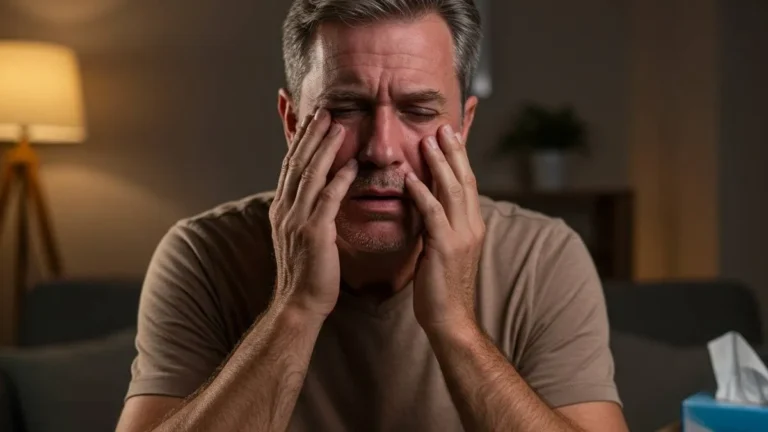
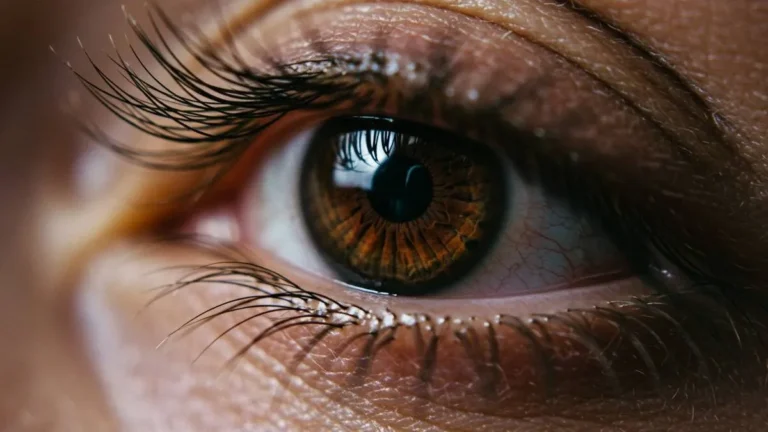



+ There are no comments
Add yours